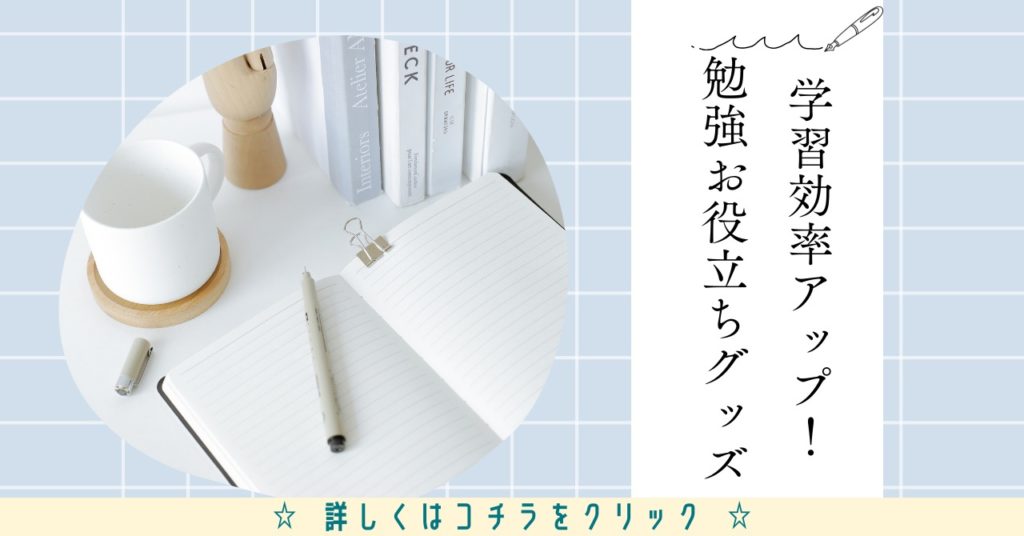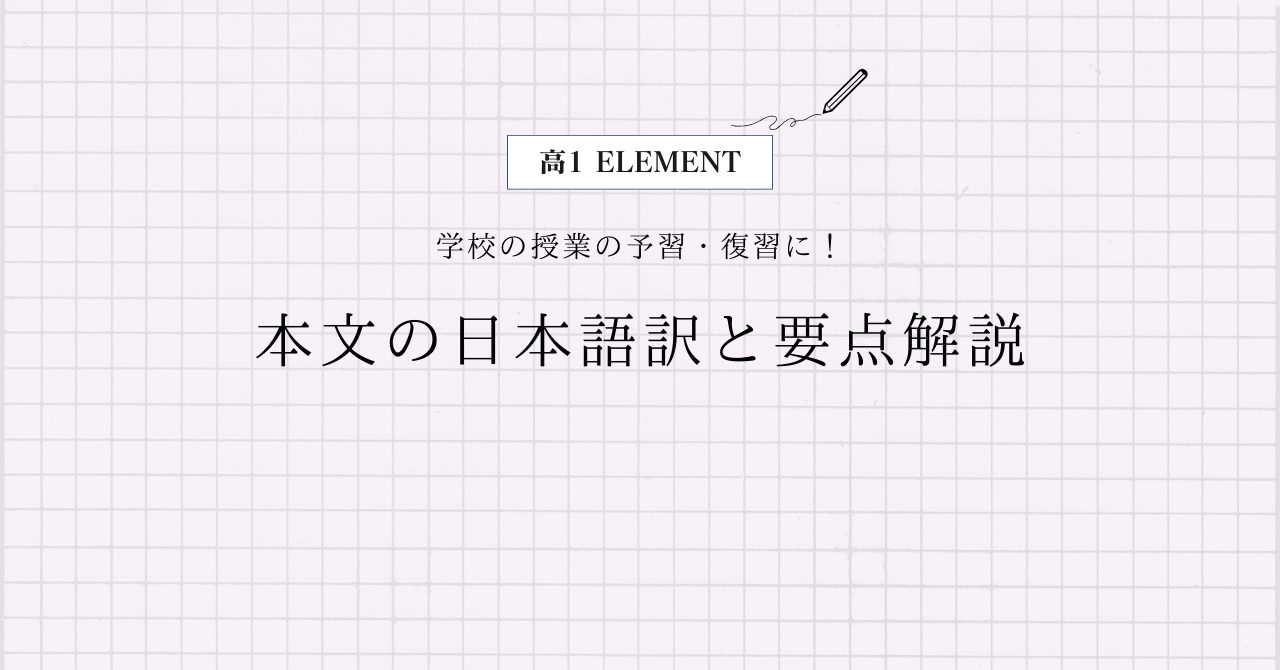三省堂 高1ELEMENT Lesson5 Section3の本文の日本語訳と重要箇所の解説です。
Lesson5-1, 5-2, 5-4の解説はこちらからご覧ください。
>高1ELEMENT Lesson5 Section1 本文和訳
>高1ELEMENT Lesson5 Section2 本文和訳
>高1ELEMENT Lesson5 Section4 本文和訳
- ELEMENT Lesson5 Section3 本文と日本語訳
- ELEMENT Lesson5 Section3 重要事項の解説
- After this, the Tigers still won the game.
- When Joyce got back to the umpire’s locker room, he found a monitor and looked at the replay.
- He couldn’t believe what he was seeing.
- The batter was clearly out.
- Joyce was devastated.
- He slumped into a chair and dropped his head into his hands.
- He couldn’t stop repeating,
- “I can’t believe I did this. I just can’t believe I did this.”
- Dozens of reporters were waiting on the other side of the locker room door to talk to Joyce.
- He decided to face the situation and let all reporters come into the room.
- Then, he admitted his mistake and apologized in front of them.
- After that, lots of people worrying about him came to see Joyce.
- One of them was the Tigers’ general manager.
- “Are you OK?” he said to Joyce.
- “Anything I can do, you let me know.”
- Joyce looked up and answered, One thing.. Can I talk to Galarraga?”
- ELEMENT Lesson5 Section3 まとめ
ELEMENT Lesson5 Section3 本文と日本語訳
After this, the Tigers still won the game.
「この後、それでもタイガースは試合に勝利しました。」
When Joyce got back to the umpire’s locker room, he found a monitor and looked at the replay.
「ジョイスは審判のロッカールームに戻ったとき、モニターを見つけて、リプレイを見ました。」
He couldn’t believe what he was seeing.
「彼は自分が見ているものが信じられませんでした。」
The batter was clearly out.
「バッターは明らかにアウトでした。」
Joyce was devastated.
「ジョイスは大きく落胆しました。」
He slumped into a chair and dropped his head into his hands.
「彼は椅子に座り込み、両手で頭を抱えました。」
He couldn’t stop repeating,
「彼は繰り返し続けました。」
“I can’t believe I did this. I just can’t believe I did this.”
「『これをしたなんて信じられない。これをしたなんて本当に信じられない。』と。」
Dozens of reporters were waiting on the other side of the locker room door to talk to Joyce.
「多数のレポーターがジョイスと話すために、もう一方のロッカールームの扉で待っていました。」
He decided to face the situation and let all reporters come into the room.
「彼はその状況に向き合うことを決め、全レポーターを部屋の中に入らせました。」
Then, he admitted his mistake and apologized in front of them.
「それから、彼は自分の間違いを認め、彼らの前で謝罪しました。」
After that, lots of people worrying about him came to see Joyce.
「その後、彼を心配するたくさんの人々がジョイスに会いに来ました。」
One of them was the Tigers’ general manager.
「その人たちの1人がタイガースのゼネラルマネージャーでした。」
“Are you OK?” he said to Joyce.
「『大丈夫ですか?』と彼はジョイスに言いました。」
“Anything I can do, you let me know.”
「『何か私にできることがあれば言ってください。』とも言いました。」
Joyce looked up and answered, One thing.. Can I talk to Galarraga?”
「ジョイスは見上げて、『1つだけ…ガララーガと話してもいいですか?』と答えました。」

ELEMENT Lesson5 Section3 重要事項の解説
After this, the Tigers still won the game.
この“after”は「~の後で」という前置詞ですね。
“still”は「まだ、いまだに、それでも」という副詞で、“won”は“win(に勝つ)”の過去形です。
ちなみに発音は「ワン」なので要注意ですよ!
When Joyce got back to the umpire’s locker room, he found a monitor and looked at the replay.
この文では「接続詞when」が使われていますね。
“get back to~”は「~に戻る」という表現で、“umpire”は「審判」、“locker room”は「ロッカールーム」という名詞です。
名詞に‘sを付けると「~の」という所有を表します。
直前の名詞が複数形のときは” teachers‘ “のようにアポストロフィーだけを最後に付けます。
“found”は“find(を見つける)”の過去形で、“monitor”は「モニター」、“replay”は「リプレイ」という名詞になりますね。
He couldn’t believe what he was seeing.
“believe”は「を信じる」という動詞です。
“what”は「関係代名詞」で,“what”1語で“the thing(s) which/that~(~ということ・もの)”という意味を持ちます。今回は「主格の関係代名詞」ですね。
“what”の後ろは「過去進行形」になっています。
The batter was clearly out.
“batter”は「バッター、打者」、“out”は「(野球の)アウト」という名詞で、“clearly”は「明らかに」という副詞です。
Joyce was devastated.
“devastate”は「を大きく落胆させる、壊滅させる」といった動詞で、ここでは「受動態」になっていますね。
He slumped into a chair and dropped his head into his hands.
“slump”は「沈み込む、崩れ落ちる」という動詞で、“slump into~”で「~に座り込む、沈み込む」という意味になります。
“drop”は「を落とす」という動詞で、“drop one’s head into one’s hands”で「両手で頭を抱える」という意味です。
He couldn’t stop repeating,
“repeat”は「を繰り返す」という動詞で、ここでは「動名詞」になっていますね。
この文は直訳すると「彼は繰り返すことをやめられなかった」ですが、今回は「繰り返し続けた」と訳しました。
“I can’t believe I did this. I just can’t believe I did this.”
“believe”の後ろには「接続詞that」が省略されていますね。
“did”は「代動詞」で、“did this”は「バッターは明らかにアウトなのにセーフと判定してしまったこと」を指しています。
“just”は“not”の前に置くと、「本当に~ない」という強い否定の意味になります。
Dozens of reporters were waiting on the other side of the locker room door to talk to Joyce.
“Dozens of~”は「多数の~、数十の~」という表現です。
“reporter”は「レポーター、記者」という名詞で、“wait”は「待つ」という動詞ですね。ここでは「過去進行形」になっています。
“the other”は「もう1つの」という形容詞の意味で、“side”は「側、そば」という名詞です。
“of”は前置詞で,”A of B”の形で「BのA」というように後ろから前に訳します。
つまりここでは、ロッカールームの扉が2つあり、レポーターが待っているのはジョイスが入ってきた扉とは別の扉ということになります。
“talk to(with) 人”で「人と話す」という表現で、ここでは“to”が付いて「不定詞の副詞的用法」になっていますね。
He decided to face the situation and let all reporters come into the room.
“decide to 動詞の原形”は「~することを決める」という重要表現になります。
“face”は「に向き合う、立ち向かう」という動詞で、“situation”は「状況、状態」といった名詞です。
“let 名詞 動詞の原形”は「名詞に~させてあげる、名詞が~するのを許す」といったニュアンスになります。
“come into~”は「~の中に入る」という意味ですね。
Then, he admitted his mistake and apologized in front of them.
“then”は「それから,そのとき,それでは」といった意味の副詞です。文に応じて柔軟に訳してあげてください。
“admit”は「を認める」、“apologize”は「謝罪する」という動詞で、“mistake”は「間違い、過ち」といった名詞です。
“in front of~”は「~の前で」という重要表現で、“them”は“all reporters”を指していますね。
After that, lots of people worrying about him came to see Joyce.
“that”は直前の文を指していますね。
“lots of~”は「たくさんの~」という意味で、“a lot of~”と同じです。“lots of~”の方がよりくだけた表現ですね。
“worry about~”は「~を心配する」という意味で、ここでは「現在分詞」として“worrying about him”が直前の“lots of people”を修飾しています。
“come to 動詞の原形”は「~しに来る」という意味ですね。
One of them was the Tigers’ general manager.
“one of 名詞の複数形”は「~のうちの1つ(1人)」という意味ですね。
“general”は「全体的な、一般的な」という形容詞、“manager”は「マネージャー、経営者、監督」といった名詞になります。
今回の“general manager”は球団の「最高責任者」ですね。そのままゼネラルマネージャーと訳してOKです。
“Are you OK?” he said to Joyce.
“say to 人”は「人に言う」という表現ですね。
必ず前置詞“to”がいるので忘れないように!
“Anything I can do, you let me know.”
この文は倒置がおきていて、本来は“You let me know anything I can do.”となります。
“you let me know”は「知らせてください、言ってください」くらいで訳しましょう。
“anything”は肯定文だと「何でも」といった意味の代名詞で、後ろには「目的格の関係代名詞which/that」が省略されています。
“I can do”が先行詞“anything”を修飾していますね。
Joyce looked up and answered, One thing.. Can I talk to Galarraga?”
“look up”は「見上げる」という意味です。
“thing”は「もの、こと」という名詞で、“Can(May) I~?”は「~してもいいですか」という許可を求める表現ですね。
ELEMENT Lesson5 Section3 まとめ
以上がELEMENT Lesson5 Section3の日本語訳となります。
>高1ELEMENT Lesson5 Section1 本文和訳
>高1ELEMENT Lesson5 Section2 本文和訳
>高1ELEMENT Lesson5 Section4 本文和訳
何か分からない点や他に解説してほしい点があれば,お気軽にコメントしてください!


コメント